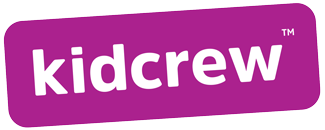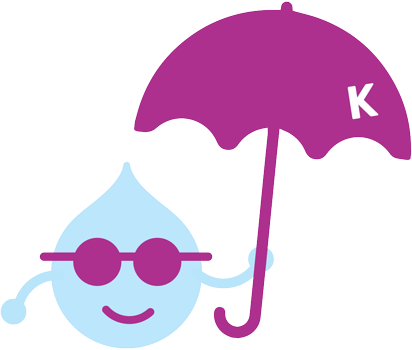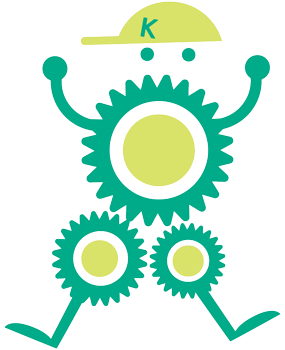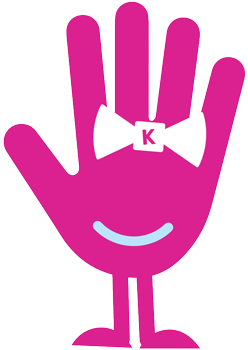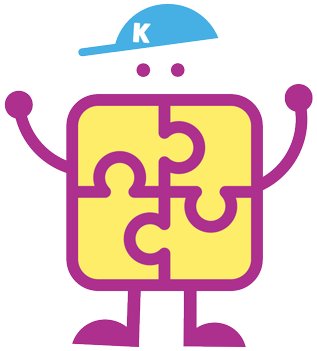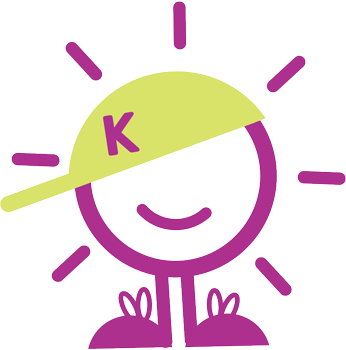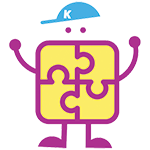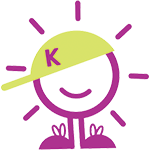Breastfeeding, while a natural process, can pose challenges for new mothers. Key to a smooth breastfeeding journey is discovering the right position, ensuring both comfort and effectiveness. This guide dives into some of the most recommended positions, making the experience more enjoyable for both mother and baby.
TEAM KIDCREW CONTENT
Your Search Results For
POPULAR TAGS
Allergies | Baby | Back To School | Breastfeeding | Diet | Fever | Flu and Cold | Mental Health | Mood | My Body | Newborn | Nutrition | Play | Pregnancy | Sleep | Snacks | Tantrums | Technology | Teen Life | Teeth | Therapy
The Best Positions for Breastfeeding
Breastfeeding, while a natural process, can pose challenges for new mothers. Key to a smooth breastfeeding journey is discovering the right position, ensuring both comfort and effectiveness. This guide dives into some of the most recommended positions, making the experience more enjoyable for both mother and baby.
What Is a Tongue Tie?
A tongue tie, or ankyloglossia, is when the frenulum under the tongue restricts movement, potentially impacting activities like breastfeeding. With expert diagnosis and treatment, it’s possible to alleviate the issues arising from it.
4 Best Breastfeeding Tips from an International Board-Certified Lactation Consultant
Breastfeeding can be a roller coaster of emotions and experiences. With the right preparation and guidance, mothers can navigate this journey smoothly. Here are some essential tips from an experienced lactation consultant.
My child is constipated, what should I do?
Kids these days often eat lots of processed and unhealthy foods and the result is a very common problem, constipation. Making a habit of including some of these great high-fiber foods every day can really help!
What is Flat Head Syndrome in Babies?
What is plagiocephaly (baby head shape flattening)? Plagiocephaly is a fancy term for flat head syndrome. There are actually 2 types: plagiocephaly (where one side of the head is flatter than the other, commonly associated with torticollis), and brachycephaly (flat head across the whole back of the skull).
At What Age Do Babies Crawl?
Crawling, or any form of locomotion typically emerges between 7-11 months. There are various forms of crawling, from the classic hands and knees to the army crawl, or even the bum scoot. Provided there are no other developmental concerns, babies do not need to perform classic crawling.
At What Age Do Babies Sit?
Babies begin to sit anywhere from 4-6 months, with independent sitting emerging closer to 6 months. Babies will often first sit in what’s called the “tripod” position, meaning that the legs are spread wide and the hands are down in front supporting their body.
My Child Is W-Sitting. Is It Really So Harmful?
W-sitting is when a child sits on the floor with his or her bum between their legs, and their knees are bent in front of them and their legs are rotated away from their body. From a birds-eye view, it looks like the legs are forming a “W”. This position is super stable for children to sit in.
